
Anna Goldthwaite Self Portrait
The artist I am showcasing today is a lady who hailed from the American Deep South. Anne Wilson Goldthwaite was born into a genteel Montgomery, Alabama family on June 28th, 1869. She was a true daughter of the South and the oldest of four siblings. Her father was Richard Wallach Goldthwaite, who served as an artillery captain for the Confederacy during the Civil War and the son of Alabama senator George Goldthwaite.

Her family moved to Dallas,Texas when she was young and remained there for the majority of her childhood while her father looked for work. After her parents both died, in the early 1880s, she and her siblings were taken back to Alabama where they lived with different relations. Anne went to live with her aunt Molly Arrington and her aunt’s nine children. Her aunt presented her to society as a promising young debutante who was destined to become a southern belle. However this ended when her fiancé was killed in a duel.
As a teenager Anne liked to sketch and paint and soon developed into a talented artist, so much so, that in 1898, one of her uncles, Henry Goldthwaite, who was so impressed by her artistic talent, he offered to pay for her to have private art tuition. He offered to support her financially for up to ten years if she relocated to New York City to study art. Anne Goldthwaite accepted his offer and arrived in New York around 1898. She then enrolled at the National Academy of Design, where she studied etching with the German-born immigrant, Charles Mielatz and was tutored in painting by the Scottish-American painter and illustrator, Walter Shirlaw and American artist, Francis Coates Jones.
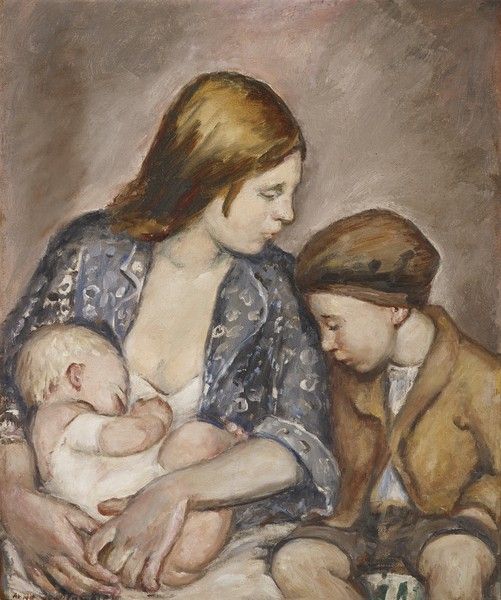
Young Mother by Anne Goldthwaite
She also spent one summer in Princeton, New Jersey, in the 1890’s, where she met then-professor Woodrow Wilson who had been appointed by Princeton to the Chair of Jurisprudence and Political Economy. Two decades later he would become the twenty-eighth President of the United States. He commissioned her to paint a portrait of his wife.
Young Nude Woman in a Hat by Anne Goldthwaite
In 1906, Anne Goldthwaite decided to travel to Paris to further her interest in the early modern painting styles of Fauvism and Cubism.
4 Rue de Chevreuse, Paris by Anne Goldthwaite (1908)
On her arrival in Paris Anne headed for the American Girls Art Club at 4 rue de Chevreuse, on the Left Bank. The property was built by the Duc de Chevreuse and back in the 18th century it was the Dagoty porcelain factory. Later, in 1834, it was turned into a Protestant school for boys called the Keller Institute. It was in the 1890’s that Elisabeth Mills Reid, a wealthy American philanthropist and wife of the American ambassador, had the idea to turn it into a residential club for American women artists in Paris. Anne Goldthwaite made this her base for the next six years. According to Mariea Caudill Dennison’s article in the Woman’s Art Journal (2005) entitled The American Girls’ Club in Paris: The Propriety and Imprudence of Art Students, 1890-1914, Anne viewed the Club as a “chateau that was not a club at all, but a glorified pension for American women art students. We paid little board and lived in the midst of luxury and romance”
One day, while she was at the Luxembourg Gardens sketching, she met American writer Gertrude Stein. After a long conversation, Stein invited Anne to visit her apartment, but Anne was somewhat wary due to Stein’s scruffy appearance but eventually she agreed. Goldthwaite recalls Stein describing her as
“…a large, dark woman…who looked something like an immense brown egg. She wore, wrapped tight around her, a brown kimono-like garment and a large flat black hat, and stood on feet covered with wide sandals…”
Gertrude Stein’s legendary Montparnasse apartment at 27 rue de Fleurus
Despite Anne having doubts about Gertrude Stein, she was impressed with what she saw in Stein’s apartment. A large collection of contemporary paintings hung on the walls. Little did Anne realise that this chance meeting with Gertrude Stein, the most influential pre-war and avant-garde person of the time, would provide her with an opportunity to join the art circle of Henri Matisse and Pablo Picasso. In her memoirs, Goldthwaite wrote about he visit to Stein’s apartment:
“…Crossing a little pebbled court, we went into a beautiful large studio filled with antique Italian furniture. The walls were covered with the most remarkable pictures I had ever seen. I knew they must be pictures because they were framed and hanging on the walls […] There was what I know now was a head by Picasso, looking like a design made of the backbones of fish; “Le Joie de Vivre [sic] ” by Matisse; a small grey canvas by Cezanne, and a yellow nude on a peach-colored background, the feet hanging down as in an ascension […] This was my introduction to what we now call Modern Art, made some six days after my arrival in Paris. It was with surprise, later, that I saw American students who had been in Paris a long time, yet had not heard the names of Matisse, Picasso, et. al., and had never heard of l’Art Moderne, or if they had, thought it completely negligible …”
Anne was adamant that but for Gertrude Stein, Modernism would not have arrived in America. A page from her unpublished memoirs testifies to this belief. She wrote:

Page from the memoirs of Anne Goldthwaite
“Cones” refers to the Baltimore Cone sister, Dr Claribel and Etta Cone, who from 1898 to 1949 amassed a collection of primarily post-impressionist and modern French masterpieces.
Anne Goldthwaite later recalled her time in Paris and wrote:
“…Fate gave me several years in Paris at the most exciting time: during the great reconstruction from art to modern art…”
During her stay in Paris Anne moved from one atelier to another searching for a teacher that she could work with. Eventually, she joined a small group of young artists called Académie Moderne. This was a free art school in Paris, founded by Fernand Léger and Amédée Ozenfant who also taught at the academy. The school attracted students from Europe and America. They also held an exhibition each spring and their work was periodically critiqued by the post-impressionist painter, Charles Guerin.
The House on the Hill by Anne Goldthwaite (1911)
According to an article in the American Art Annual published in 1911, Anne served as president of the American Woman’s Art Association (AWAA) which was based at the The American Girl’s Club, from 1910-1911.
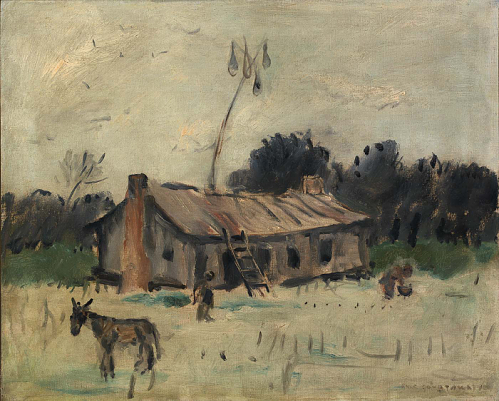
Cottage in Alabama by Anne Goldthwaite (c.1920)
In 1913, the Association of American Painters and Sculptors, also known as the International Exhibition of Modern Art organised a grand art exhibition. It was the first large exhibition of modern art in America, and a shocking introduction of Modernism to an American audience. It was an exhibition that had been held in the vast spaces of U.S. National Guard armories. It was a three-city exhibition which started in New York City’s 69th Regiment Armory, on Lexington Avenue between 25th and 26th Streets, on February 17th and ran until March 15th. The exhibition then moved to the Art Institute of Chicago and finally arrived at The Copley Society of Art in Boston. The Armory exhibition, as it became known, was an important event in the history of American art for it introduced Americans, who were accustomed to realistic art, to the experimental styles of the European avant-garde, which included Fauvism and Cubism. The show acted as a catalyst for American artists, who wanted to become more independent and by so doing, create their own artistic language. Upon her return to America in 1913, Anne Goldthwaite exhibited two of her works at the New York Armory exhibition. One was entitled The Church on the Hill, now known as The House on the Hill which she had completed around 1911. The other painting was entitled Prince’s Feathers.
Rebecca by Anne Goldthwaite (c.1925)
Now back in America, Anne lived most of her adult years in New York but travelled south during the summer months to spend time with her family. She became a member of the Dixie Art Colony in Wetumpka, Alabama, which was thought to be one of the Deep South’s first art colonies. These summers she spent in and around Montgomery established Anne Goldthwaite as one of the South’s most important regional artists for the period. During this time she often depicted rural African Americans in their post-slavery contexts in oil paintings, watercolours, and etchings.
Women’s suffrage march on New York’s Fifth Ave. in 1915
Anne Goldthwaite’s politics were said to be progressive and she was a staunch supporter of women’s suffrage, serving on the organizing committee for the 1915 Exhibition of Painting and Sculpture by Women Artists for the Benefit of the Women’s Suffrage Campaign, open from September 27-October 18, 1915 at the Macbeth Gallery in New York which coincided with the Women’s Suffrage March held that year in New York during which it was said that 20,000 supporters attended.

The Atmore Post Office mural: The Letter Box, by Anne Goldthwaite, 1938
The Atmore, Alabama Post Office
The Great Depression hit America at the end of 1929 and lasted almost ten years. It was both a financial depression and a mental depression which affected many American citizens. The American government thought that cheering people up during these hard times was something they needed to achieve. It was part of the New Deal, a series of programs, public works projects, financial reforms, and regulations enacted by President Franklin D. Roosevelt in the United States between 1933 and 1939. One of the projects in the New Deal was the Public Works of Art Project which was developed to bring artist workers back into the job market and assure the American public that better financial times were on the way. The idea was to employ artists to beautify American government buildings. The mission of the post office murals was multifaceted – to boost morale in communities, employ artists by the thousands and create world-class art that was accessible to everyone. The murals revolved around local folklore, landscapes, industry and, unsurprisingly, mail delivery. They told the story of life across the United States.

Tuskegee Post Office mural: The Road to Tuskegee, by Anne Goldthwaite, 1937
Anne Goldthwaite had two of her murals accepted for Alabama post offices. One was in the town of Atmore, the other was in the town of Tuskegee. The Road to Tuskegee mural painted in 1937 by Anne Goldthwaite was restored and moved to the new Tuskegee post office in 1996.


Portrait of Frances Greene Nix by Anne Goldthwaite (c.1940)
Anne Goldthwaite executed a number of portrait commissions, one being that of Frances Nimmo Greene Nix, the Museum Director, Artist, Portrait Painter, and Writer. Frances was clerk, director, and curator of the Montgomery Museum of Fine Arts and studied with Anne Goldthwaite.
Goldthwaite’s work is included in the permanent collections of The Metropolitan Museum, Whitney Museum, Montgomery Museum, Montgomery Alabama, Greenville County Museum of Art and History, Greenville, South Carolina. She was a member of the National Association of Women Artist, New York (Co-founder), Watercolor Society, Salons of America and the Society American Etchers/Brooklyn Society of Etchers. Goldthwaite began teaching at the Art Students League, where she was a very popular teacher until her death in 1944.
Anne Goldthwaite (1869-1944)
Anne Goldthwaite died in New York City on January 29th 1944, aged 74.




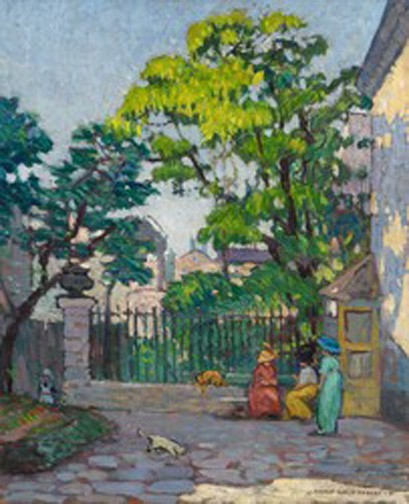
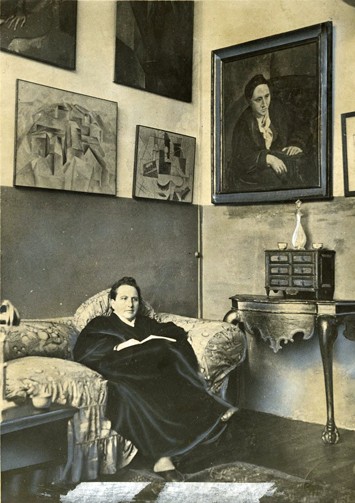

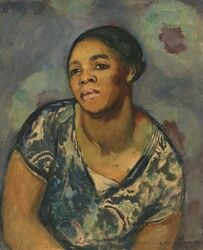
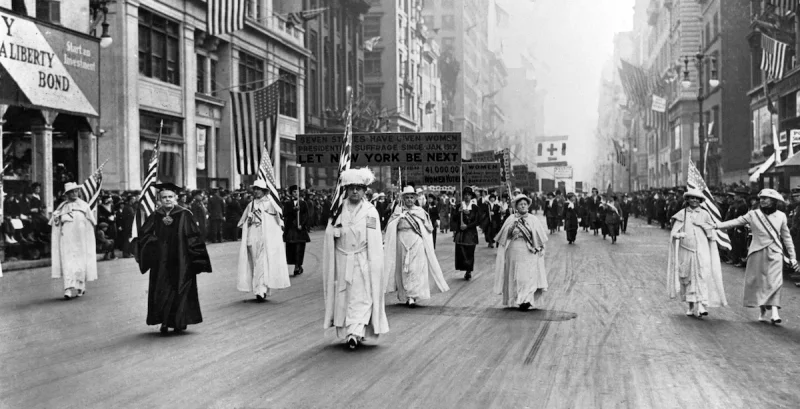
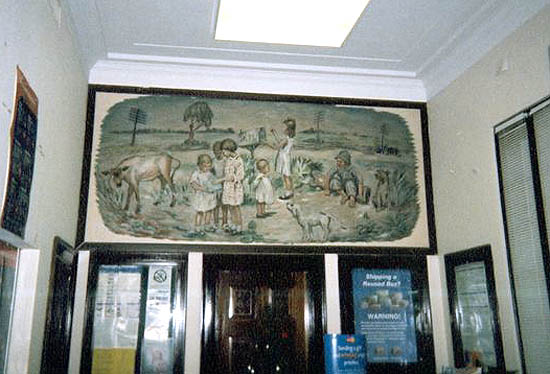


:strip_icc()/BHG_PTSN19720-33d9cd22f6ab49e6a21982e451321898.jpg)

More Stories
Fresh and Airy Interior Design Living Room Ideas for Summer
Where Art and Sound Converge: Exploring Fine Art Photography and Music Artist Portraiture
Cooking Chinese Cuisine with Ease Using Jackery Solar Generator 5000 Plus